Canada’s immigration system is on the brink of a significant transformation, especially for semi-skilled workers. The Canadian government is poised to ease the pathway to Permanent Residency (PR) for workers in what is classified as the TEER (Training, Education, Experience, and Responsibilities) levels 4 and 5. This category includes jobs that require a high school education or minimal on-the-job training, and the new policy aims to recognize and reward those in such positions who contribute significantly to the economy.
Why Does This Policy Change Matter?
Canada’s labor market is evolving, and the demand for workers in various sectors, especially those requiring semi-skilled labor, is on the rise. This shift in policy is a direct response to the growing need for a more inclusive and modern immigration system that reflects the realities of the current job market. By opening up PR opportunities to semi-skilled workers, Canada acknowledges the value these workers bring to the economy, particularly those who have gained Canadian work experience in lower-skilled jobs.
The policy is a game-changer for many temporary residents, including international students and temporary foreign workers, who often fill these crucial roles. Traditionally, the pathway to PR has been more accessible to highly skilled workers. This new policy aims to level the playing field, offering those in semi-skilled positions a viable and more straightforward route to becoming permanent residents.
The TEER System and Its Impact
The TEER system, which categorizes jobs based on the training, education, experience, and responsibilities required, will now play a central role in determining eligibility for PR under the new policy. Workers in TEER levels 4 and 5 have historically faced challenges in securing permanent residency, as the previous immigration framework prioritized higher-skilled occupations. However, with the new policy, the Canadian government is shifting its focus, recognizing that the country’s economic growth also depends on the contributions of workers in these essential, yet often overlooked, roles.
For example, jobs like truck drivers, retail salespersons, and general laborers, which fall under TEER levels 4 and 5, are now gaining recognition as vital to Canada’s economic fabric. These positions, which require varying degrees of formal education or specific training, are crucial in sectors like logistics, retail, and construction—industries that have been the backbone of Canada’s economy, especially during times of crisis, such as the COVID-19 pandemic.
Benefits for Temporary Residents
One of the most significant advantages of this policy change is the potential for temporary residents to transition more easily to PR. International students, who often work part-time in semi-skilled jobs while studying, and temporary foreign workers, who fill labor shortages in various industries, stand to benefit immensely. Previously, these individuals faced hurdles in qualifying for PR due to the nature of their work. The new policy, however, acknowledges their contributions and provides them with a more accessible pathway to establish permanent roots in Canada.
This policy shift is also likely to enhance Canada’s attractiveness as a destination for international talent. Knowing that there is a clear and attainable pathway to PR for those in semi-skilled positions may encourage more individuals to choose Canada as their destination for work or study. This, in turn, could help address labor shortages in key sectors and support Canada’s long-term economic growth.
The Road Ahead
While the announcement of this policy is a significant step forward, the details are still being finalized. The government plans to release more information in the Canada Gazette later this year, which will provide further insights into how the new PR pathways will be implemented and what specific criteria applicants will need to meet.
In the meantime, the policy has generated a sense of optimism among semi-skilled workers and employers alike. For workers, it represents a new hope for securing a future in Canada, while for employers, it offers a potential solution to the ongoing challenge of finding and retaining skilled labor.
Canada’s new immigration policy is a bold and necessary move that reflects the changing dynamics of the labor market. By making PR more accessible to semi-skilled workers, the country is not only addressing immediate economic needs but also building a more inclusive and resilient society for the future.




